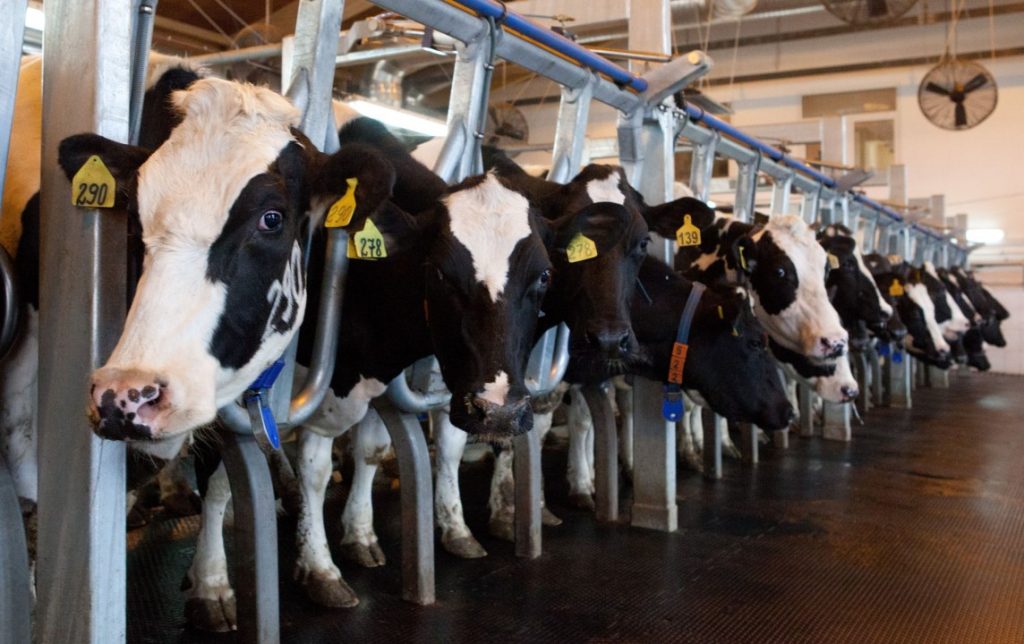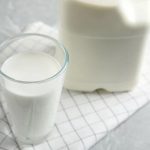
In recent years, with the introduction of several favorable policies, China’s dairy production has steadily increased, and consumption volumes have grown steadily. From 2017 to 2023, per capita dairy consumption, converted to raw milk, increased from 36.9 kg to 42.4 kg. However, the dairy industry still faces the challenge of insufficient demand. Since 2022, the market has been sluggish, and per capita dairy consumption has declined.
In 2022, per capita dairy consumption was 42 kg, a decrease of 0.6 kg from 2021. The main business income growth rate of large-scale dairy processing enterprises decreased by approximately 10.6 percentage points. Promoting consumption growth is of great significance for stabilizing the dairy industry and is an important approach to driving its high-quality development.
Dairy products contain a variety of nutrients essential for human health, such as protein, fat, calcium, and vitamin D, playing a vital role in improving public health and living standards. Compared internationally, China’s per capita dairy consumption remains low, with annual consumption accounting for about one-third of the global average and half of the Asian average. It also falls short of the recommended intake of 300 to 500 grams of dairy products per day per person according to the “Chinese Resident Dietary Guidelines (2022).”
According to calculations based on domestic dairy processing and trade data, in 2023, liquid milk consumption accounted for about 78.1% of total dairy consumption. Regarding cheese consumption, in 2022, per capita cheese consumption (converted to raw milk) was 1 kg, much lower than the international average of nearly 20 kg. As a high-quality food that enhances public health and physical fitness, dairy products have room for improvement in terms of improving residents’ nutritional health, and there is considerable potential for growth in dairy consumption.
Currently, the reasons affecting the growth of dairy consumption in China are mainly as follows. First, consumers lack sufficient knowledge about the nutritional value of milk, and dairy products have not become a necessity in daily life. The “2023 China Dairy Literacy Index Report” shows that the public’s dairy literacy index has improved, but the dissemination of dairy knowledge and the proportion of people who consume milk are far from ideal levels.
According to the “Report on the Nutritional Status and Chronic Disease Conditions of Chinese Residents (2020),” although milk consumption varies among different age groups, it is below the recommended intake for all age groups. Second, rising dairy product prices have become a significant factor limiting consumption growth. In recent years, dairy product market prices have shown a clear upward trend. According to monitoring data from the Ministry of Commerce, the average retail price of ambient milk in China increased from 7.84 yuan/liter in 2010 to 12.98 yuan/liter in 2022.
Third, lactose intolerance and dietary habits have a significant impact on consumption. Relevant studies show that the proportion of people with inadequate lactose enzymes in China is significantly higher than the global average, and lactose intolerance continues to significantly constrain the expansion of fresh milk demand among the general population. Moreover, current dairy consumption is primarily in the form of liquid milk, and the popularity of “eating milk” is still very low, with the consumption levels of dry dairy products such as cheese and butter needing to be improved.
To expand dairy consumption, the competent authorities, industry associations, and others have taken various measures. For example, the release of the China Dairy Quality Report, the implementation of the Well-off Milk Action and Cheese Promotion Action, etc. The China Dairy Association has promoted the “Student Milk Program,” benefiting more than 30 million students.
The 2024 Central No. 1 Document clearly states that “improving liquid milk standards, standardizing reconstituted milk labeling, and promoting fresh milk consumption” are important measures for promoting the development of the dairy industry. Efforts to increase dairy consumption should focus on the following areas:
1. Strengthen popular science communication and raise consumers’ awareness of the nutritional value of dairy products. It is recommended to increase popular science communication around dietary health and dairy product choices, improve the health literacy of the nation, and scientifically guide consumers to increase their dairy consumption. At the same time, “National Nutrition Plan,” “Rural Compulsory Education Student Nutrition Improvement Plan,” “Student Milk Program,” and other nutritional improvement actions can be organically linked to create a favorable atmosphere for consumption promotion.
2. Optimize product structures and meet the dairy product consumption demands of different income groups. Currently, there are differences in dairy consumption levels between urban and rural areas and among different population groups within urban and rural areas. By improving the supply level and competitive advantage of domestically produced milk, providing consumers with new products that are richer in nutrition and more stable in quality, and continuously optimizing product structures, we can meet the dairy product consumption demands of different income groups.
Guide enterprises to produce more affordable and healthy dairy products, making them the mainstream in the market. Vigorously promote the local home-delivery model of fresh milk, allowing raw milk to enter communities and households. At the same time, increase efforts to build cold chains for fresh agricultural products and improve the convenience of milk consumption for rural residents.
3. Accelerate technological innovation and expand the dairy-consuming population. Strengthen the development of key technologies for low-lactose and lactose-free products, encourage enterprises to develop low-lactose and lactose-free products, and research products supplemented with exogenous lactase to meet the dairy consumption needs of lactose-intolerant consumers. In addition, develop a dry dairy product industry with Chinese characteristics, making cheese and other dry dairy products new choices on consumers’ tables, thereby increasing residents’ dairy product intake.
Source: Economic Daily, Interviewee: Tang Zhenchuang (Associate Researcher at the Food and Nutrition Development Institute of the Ministry of Agriculture and Rural Affairs)
You can now read the most important #news on #eDairyNews #Whatsapp channels!!!
🇺🇸 eDairy News INGLÊS: https://whatsapp.com/channel/0029VaKsjzGDTkJyIN6hcP1K

























